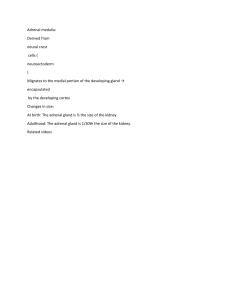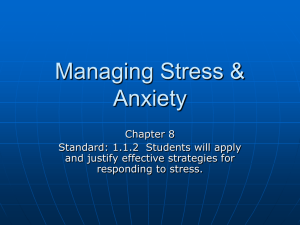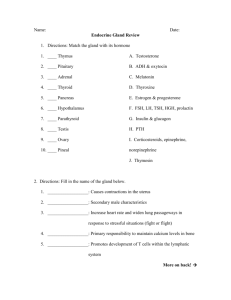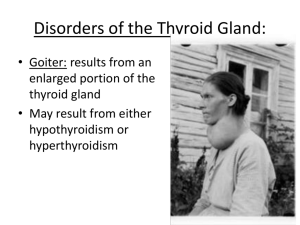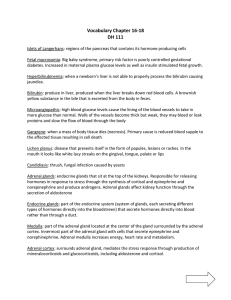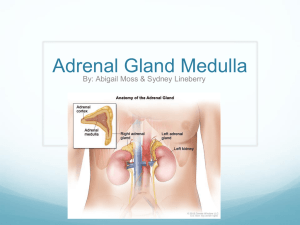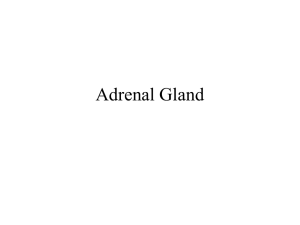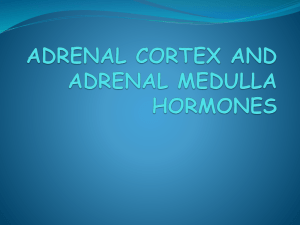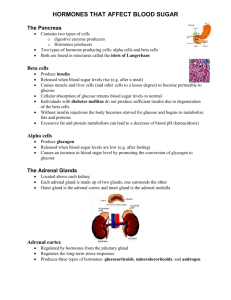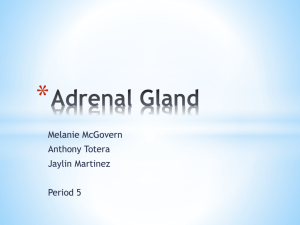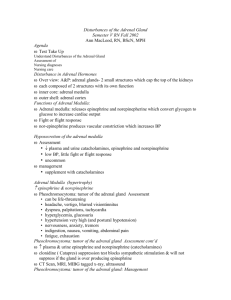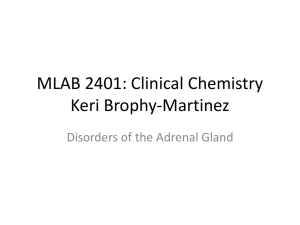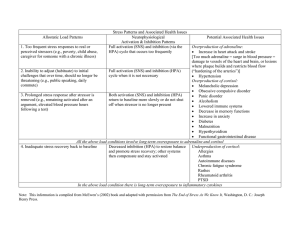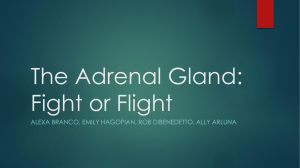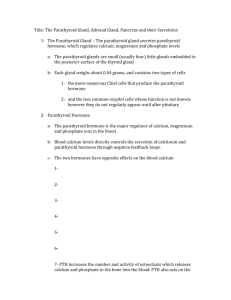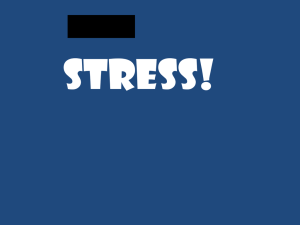File - Psychology at FHS
advertisement
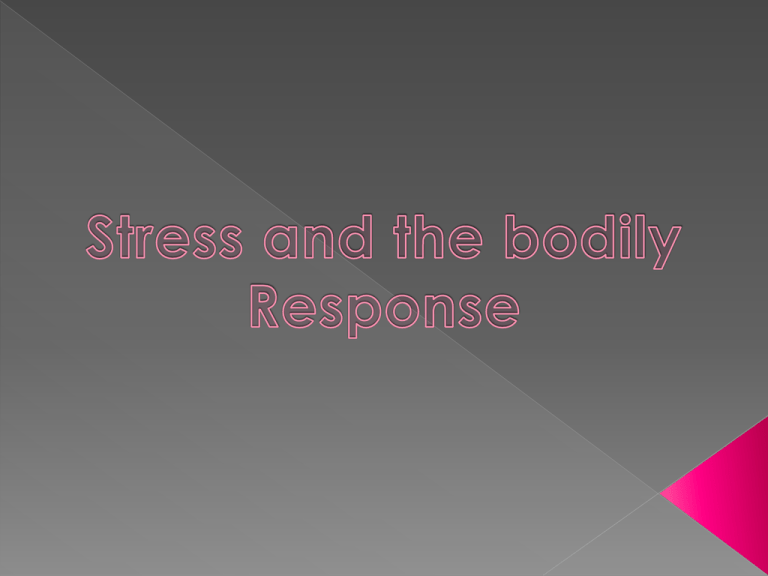
Stress is a negative concept that can have an impact on one’s mental health and physical well-being. Stress is experienced when a person’s perceived environmental, social, and physical demands exceed their perceived ability to cope particularly when these demands are seen as endangering the person’s well-being in some way. There are two types of stressors which are: Acute stress- This is the most common form of stress, it comes from demands and pressures of the recent past and anticipated demands and pressures of the near future. Because it is short term it doesn’t have enough time to do the extensive damage associated with long term stress. Chronic stress- This comes when a person never sees a way out of a miserable situation. It’s the stress of unrelenting demands and pressures for seemingly interminable periods of time. Because it is long term it has enough time to do the extensive damage. Immediate acute stressors arouse the autonomic nervous system (ANS). The SNS arouses an animal to be ready for fight or flight, the parasympathetic branch returns an animal to a state of relaxation. Neurones from the SNS travel to virtually every organ and gland within the body, preparing the body for the rapid action necessary when an animal is under threat. At the same time that the SNS is activated, the SAM system alerts the animal through the release of adrenaline into the bloodstream, where it is transported rapidly throughout the body to prepare the animal for fight or flight. Each adrenal gland has two distinct zones, the adrenal medulla, in the centre of the gland, and the adrenal cortex around the outside. Neurones of the SNS travel to the medulla, so that when it is activated it releases adrenaline into the bloodstream. The pituitary- adrenal system or HPA is seen as the body’s ‘stress system’, controlling levels of cortisol and other important stress-related hormones. When stressors are perceived by the higher centres of the brain, a message passes to a small cone-shaped part of the brain called the hypothalamus. The hypothalamus is the control system for most of the body’s hormonal systems, including those involved in the stress response. On arrival at the anterior lobe of the pituitary gland, CRF causes the pituitary to produce and release adrenocorticotrophic hormone (ACTH) Cortisol is released by the adrenal cortex which is responsible for several stress-related effects in the body. Some of these are positive e.g. A quick burst of energy and a lower sensitivity to pain, whereas others are negative e.g. Impaired cognitive performance, higher blood pressure and lowered immune response.
